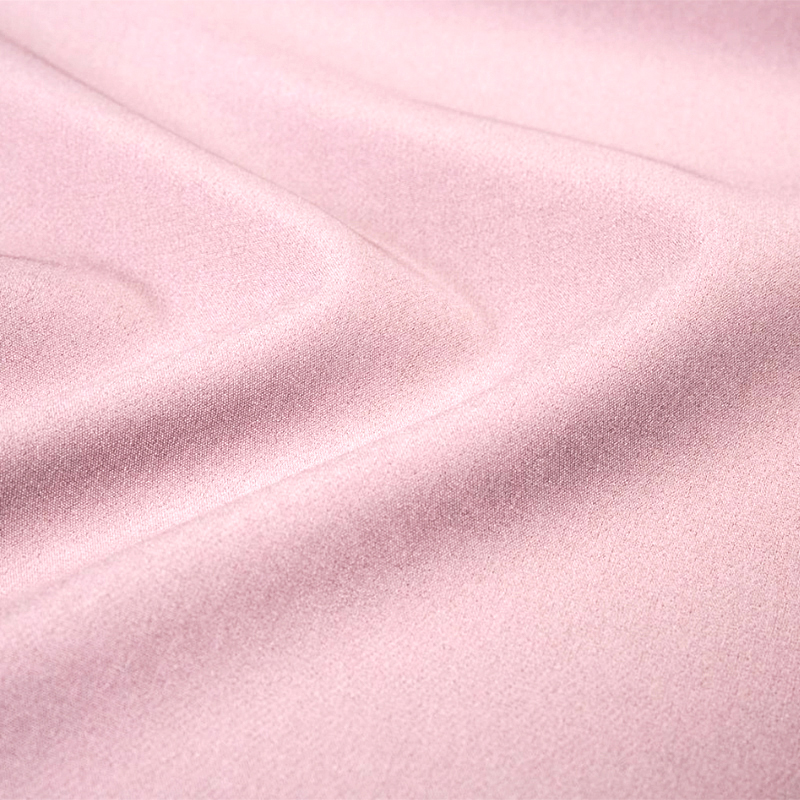The construction technique of 4-way stretch fabric significantly influences its elasticity and recovery properties in several key ways:
Knitting vs. Weaving: Most 4-way stretch fabrics are knitted, which allows for greater flexibility and stretch in multiple directions. The interlocking loops of knitted fabrics enable them to expand and contract easily, providing excellent elasticity.
Fiber Orientation: The arrangement of fibers during the construction process affects how the fabric stretches. Fabrics designed with specific orientations (such as diagonal or circular patterns) can enhance stretch in all four directions, improving overall performance.
Yarn Composition: The type of yarn used, including its elasticity and composition (e.g., spandex blended with nylon or polyester), plays a critical role. High-stretch fibers contribute to both the initial stretch and the fabric’s ability to return to its original shape after stretching.

Gauge and Stitch Density: The gauge (the number of stitches per inch) and stitch density impact how tightly the fabric is constructed. A tighter gauge may enhance durability but can reduce stretchability, while a looser gauge allows for more flexibility but may compromise strength.
Finish Treatments: Finishing techniques, such as heat-setting or applying elastic coatings, can further enhance the fabric's recovery properties. These treatments help the fabric maintain its shape after repeated stretching.
Layering: Some 4-way stretch fabrics are constructed with multiple layers, which can add to their overall elasticity and support. This layering can provide additional durability while maintaining a high level of stretch.
In summary, the construction techniques of 4-way stretch fabric directly affect its elasticity and recovery properties, enabling manufacturers to create fabrics that perform well in a variety of applications, from activewear to casual clothing. A thoughtful combination of knitting techniques, fiber choices, and finishing processes is essential for achieving optimal stretch and recovery.
.jpg?imageView2/2/format/jp2)
.jpg?imageView2/2/format/jp2)



.jpg?imageView2/2/format/jp2)





